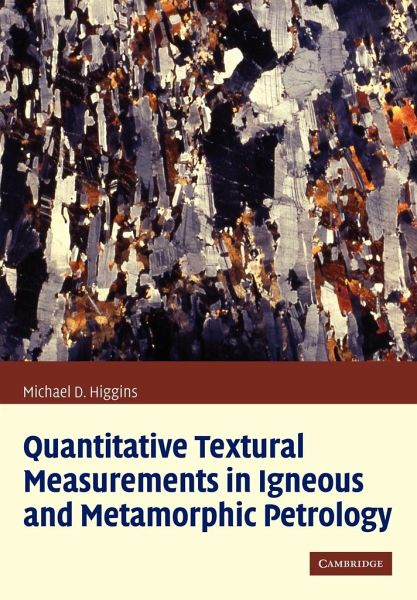
Quantitative Textural Measurements in Igneous and Metamorphic Petrology
Versandkostenfrei!
Versandfertig in 1-2 Wochen
62,99 €
inkl. MwSt.
Weitere Ausgaben:

PAYBACK Punkte
31 °P sammeln!
This book reviews the advances in textural analysis of rocks.




